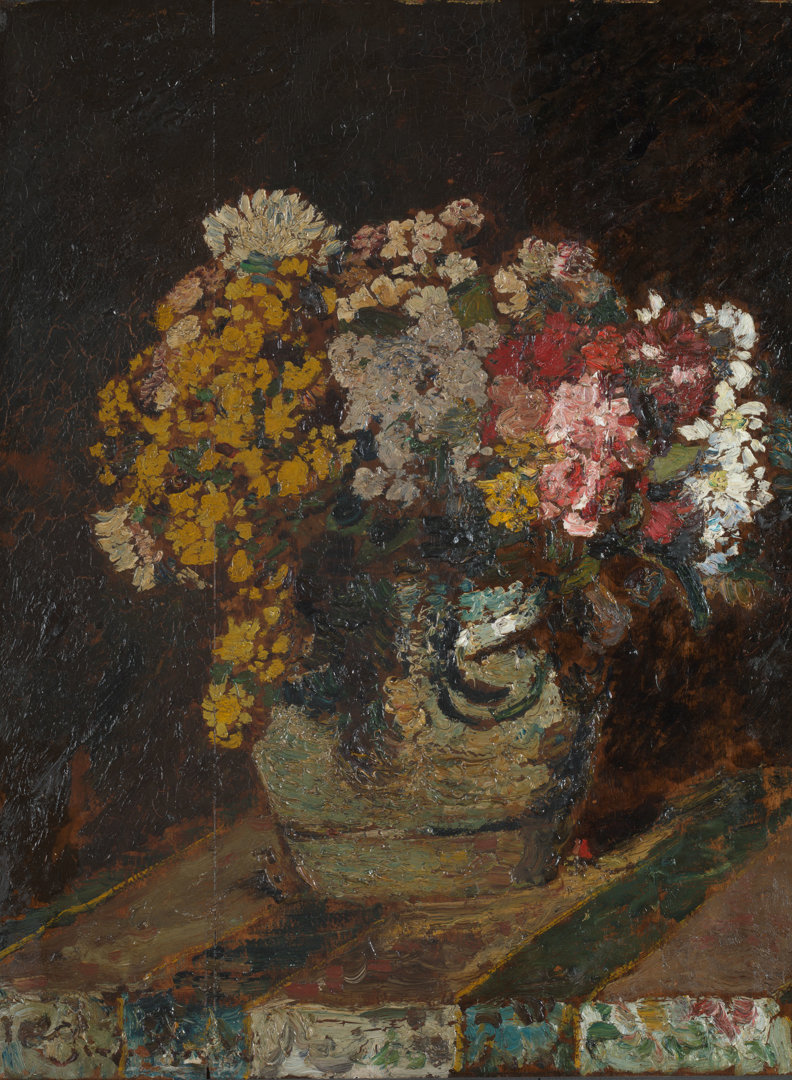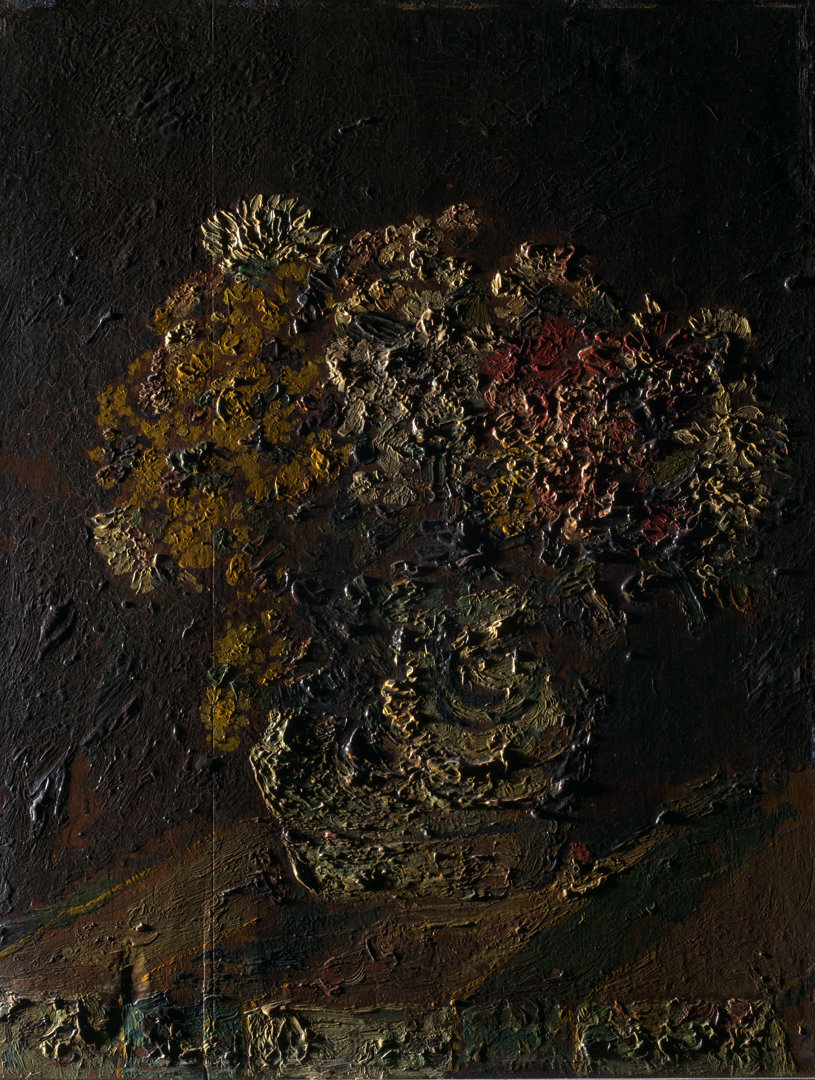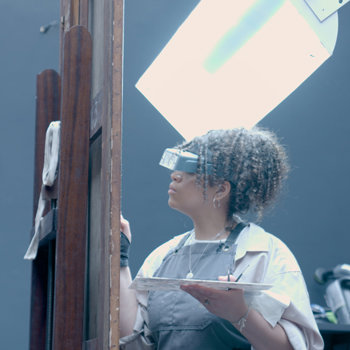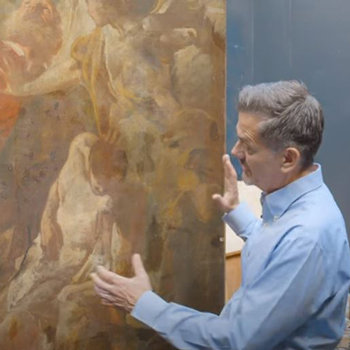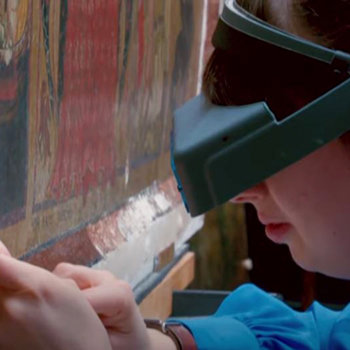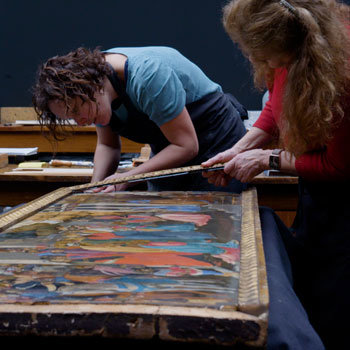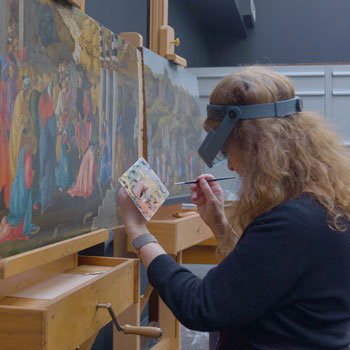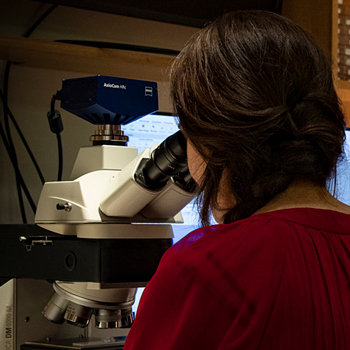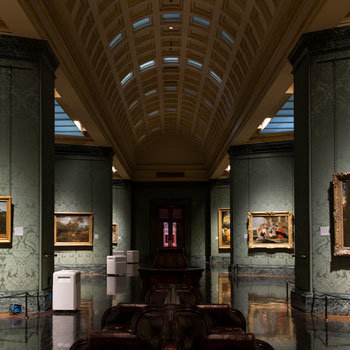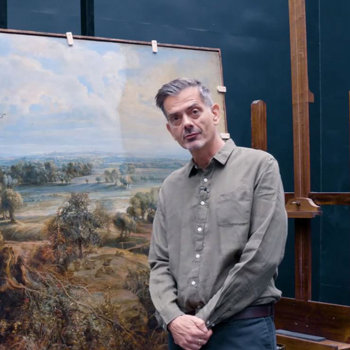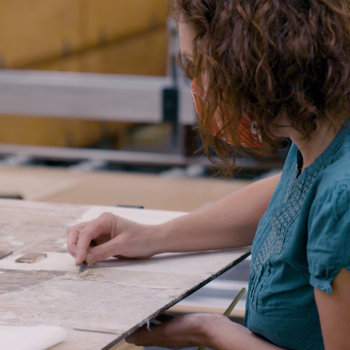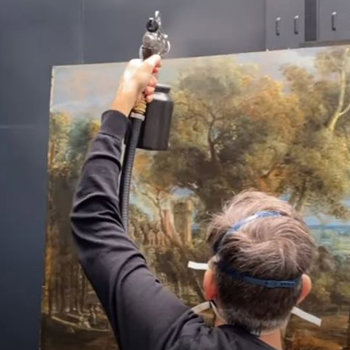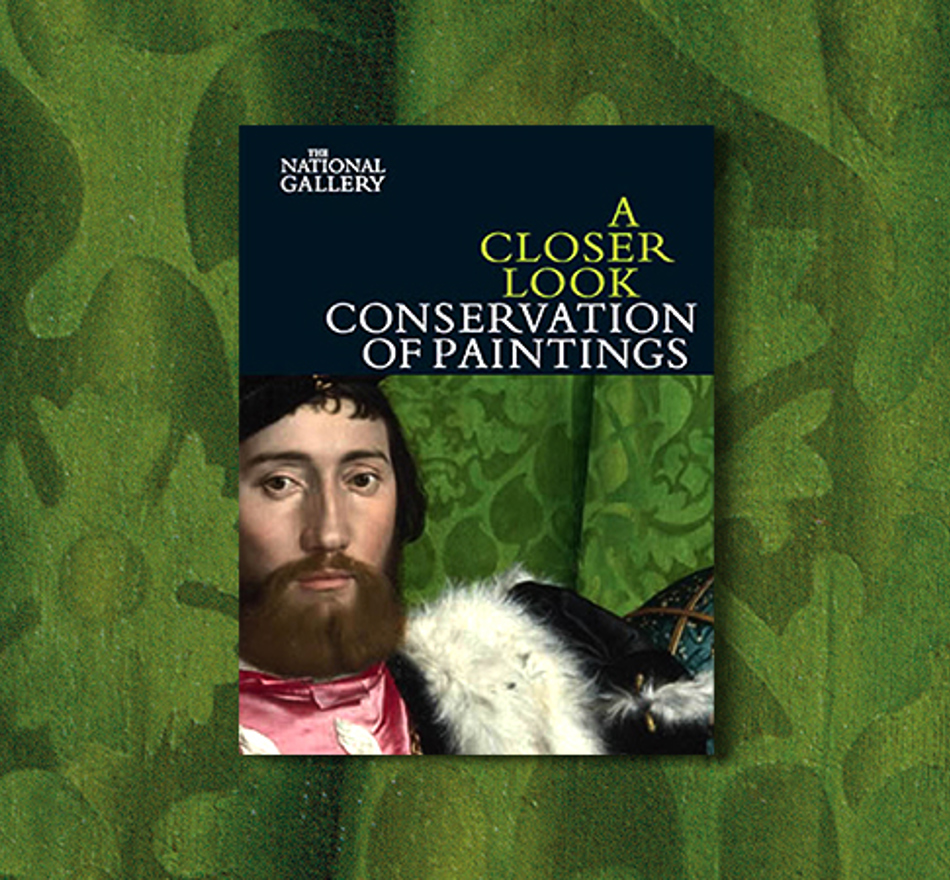Kristina Mandy, Assistant Conservator, takes us through the cleaning of Monticelli's 'A Vase of Wild Flowers', and reveals the parallels between Monticelli and Van Gogh's styles:
This is a YouTube video player. Below the video are the title, view time and description. Below that is a carousel of video thumbnails. Clicking a thumbnail will load and play that video.
Why was this painting chosen for conservation treatment?
We decided to clean ‘A Vase of Wild Flowers’ because the varnish layers on the painting had discoloured and become cloudy, masking the bright colours that Monticelli used, and the sense of depth in his paintings, as well as the visibility of the underlayers, like the wooden support and dark red sketching layer.
It is possible that some of the earliest layers of varnish were applied by the artist himself, but the later varnish layers have obscured the intended effects. As we know that vibrancy of colour was important to Monticelli, we think the condition of the painting had changed to a degree that it no longer looked as he would have intended, and the decision was made in consultation with curators and scientists to reduce the disfiguring varnish layers.
Is there any risk involved in cleaning the painting?
There is a degree of risk in cleaning this painting because of the sensitivity of Monticelli’s materials – his experimentation with his paints included mixing resinous materials into nearly all of the many layers, making them sensitive to the solvents we normally use to reduce varnish layers on paintings. However, we think that with this careful technique, the gain to the appearance of the picture is very significant.
What does 'impasto' mean?
'Impasto' is an Italian word, used to describe areas of the surface of a painting which are heavily built up with paint layers.
We used raking light to illuminate the painting from one side, so it was easier to see the painting's surface textures, including the raised areas of impasto.
What is optical coherence tomography?
Optical coherence tomography (OCT) is a light-based examination technique providing high resolution cross-sectional views of objects which moderately absorb and scatter the probing light. The technique is non-contact, non-destructive and does not require any preparation of the object examined and is also used as diagnostic technique by ophthalmologists to look at the layers of the retina at the back of the eye.
Find out more
You can find out more about our research into Monticelli and his work in the National Gallery's Technical Bulletin article, 'The Materials and Techniques of an Unfashionable Artist' (Vol 33, 2012).
Sponsored by Nikon, Digital Content Partner



